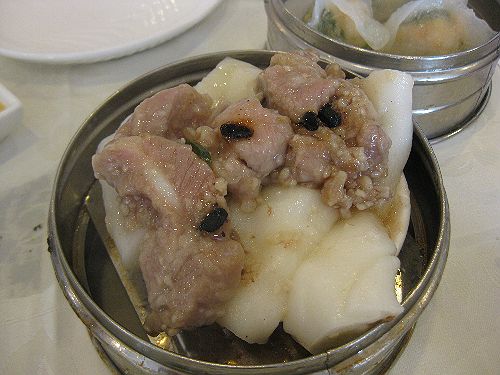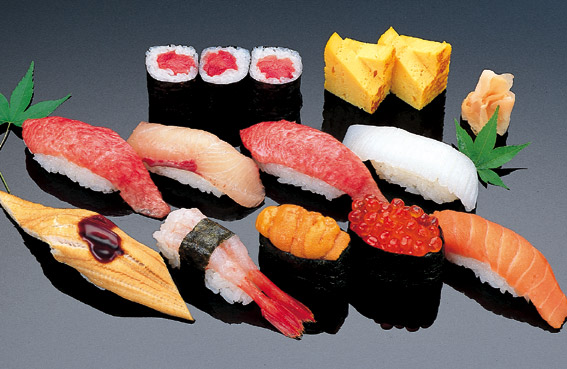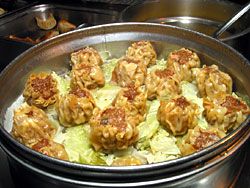
Daxing (1894-1985), a monk in modern time whose courtesy name was Liaowei, his folk name was Zhu Maohe, also he was called Zhu Wanquan. He was born in Zhujia Village, Taihu Town, Anhui Province. He was abuducted and sold at 7 years old and regained by his family two years later. In 1918, he followed his grandfather Zhu Hanchen to study Buddhism in Lotus Tang. Soon he was enlisted in military by force due to wars among warlords. And was kept for six years. In 1925, he fled to The Longevity Hall in Mountain Jiuhua and became a monk, he was disciple of Fahe monk, doing chores such as carrying water and food. In 1931, he was initiated into monkhood following priest Guohui, and began touring famous temples. In 1936, he returned to The Longevity Hall, to lead the team carrying water for 5 years, working hard and not being upset by criticism, and enjoyed the respect of the monks. In 1947, he moved to a small temple in Mountain Huoyan in Qinyang City and later to Shuixi Temple at the back of Mounain Jiuhua in 1958. He had been herded cattle for the production team for more than 20 years. During this period, he always pretended to be stupid and told others, “if you good to other, you are good to yourself, while be bad to others, you are bad to yourself”. Persuading other to do good deeds. One day, he went to turn to sell firewood, seeing and old woman pick fencing for firewood, he soon gave her all his firewood without thinking that monks were waiting for him to return with salt and oil. When he was back he shouted “I came across a mother today.” When he saw chicken, pigs and cattle eat crops, he shouted “crops eat chicken now”. Later he stop herding cattle and began to collect medicinal herbs, for the inhabitants there free of charge. In 1984, he began praying to Buddha. At five past zero hour, sixth, April, in 1985, he died calmly after a few hearty laugh at the age of 91. His body was put into a pot which was found fresh when the pot was opened on 23rd Dec, 1988. It is now worshipped in Daxing Palace in Shuangxi Temple.














 PREVIOUS
PREVIOUS